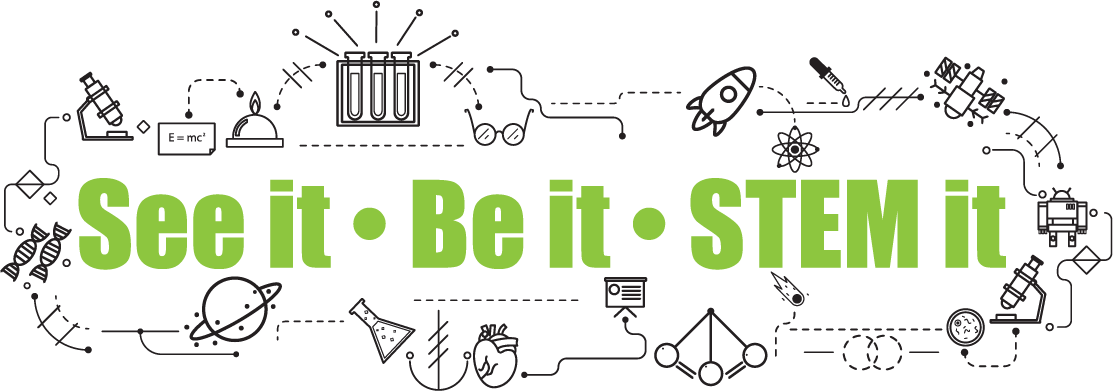Meet Kathryn Cheng
"I loved STEM growing up and got the opportunity to attend the Ontario Science Center Science School for a semester in grade 12!"
Kathryn, is currently a PhD Student at Columbia University.
In her free time she enjoys playing violin, photography, ice skating, creating scrapbooks, and travelling.
A fun fact her: “I loved dinosaurs as a child!”
When did your love of STEM begin?
During my first visit to the Ontario Science Centre, I found the ocean exhibit riveting. Having grown up Toronto, where the closest ocean was thousands of kilometres away, oceans were an exotic and new world to me and piqued my interest. I asked a science educator “Why are oceans salty but not lakes? Why can fish breathe in the ocean but not humans?”. These questions I formulated as a young scientist led me to pursue an Earth Sciences degree at the University of Toronto.
My motivation for an academic career in earth and environmental sciences is further rooted in my undergraduate research experiences, compiling hydrothermal geochemical data in the Solomon Islands-Vanuatu region in Dr. Anderson’s lab, conducting oxidation reaction experiments on pyrite and marcasite in Dr. Gregory’s lab, followed my most comprehensive lab experience with Dr. Bergquist where I assess the role of mercury (Hg) as an environmental proxy. In addition to my research experiences, my extracurricular leadership focuses on advocating for diversity, equity, and inclusion. These research experiences integrated with my extracurricular leadership, provides me with a skillset that prepares me well for graduate studies. I am currently a PhD student at Columbia University in the Department of Earth and Environmental Sciences where I am examining trace metals in indoor aerosols.
What is the best part about working in the field of STEM?
The best part about working in the field of STEM is the freedom that academia has to offer to pursue intellectually challenging problems based on my research experiences in comparison to being a student geologist in the gold industry. Thus I aspire to become an environmental sciences professor.
During my undergraduate studies, I studied how Hg concentrations in Hawaiian soils varied over a climatic gradient and related to organic carbon. During my PhD work, I’m anticipating exploring how burning wood for fuel affects indoor air quality and analyzing the metals that humans are exposed to. Mercury is a neurotoxin and air pollution is one of the major causes of cardiovascular diseases. Thus, my research aims to deepen our understanding of toxic metals in our environment and its health risks.
What advice would you give young women interested in a career in STEM?
The best advice I would give to young women interested in a career in STEM is to always believe in yourself! If your STEM path does not go how you envisioned, pick yourself up and try again.


